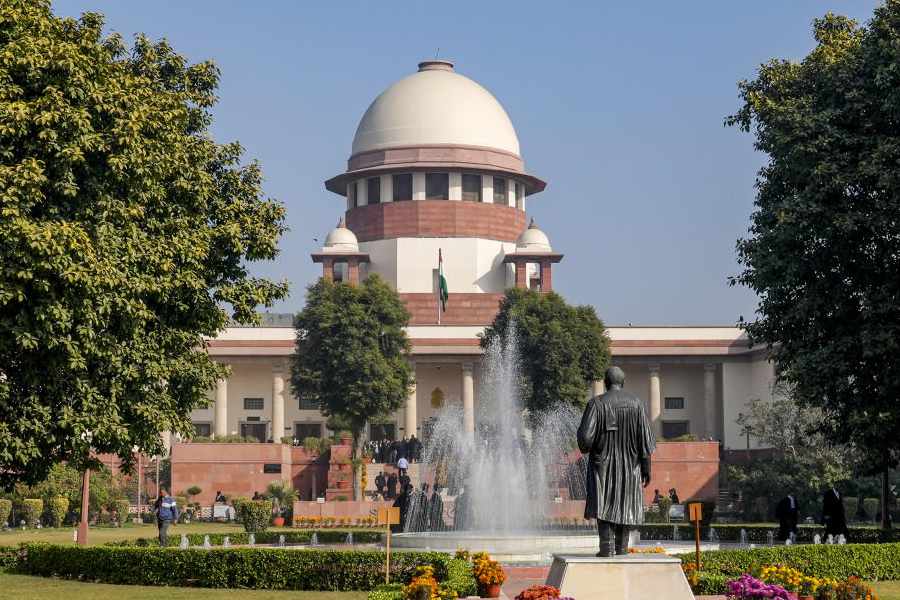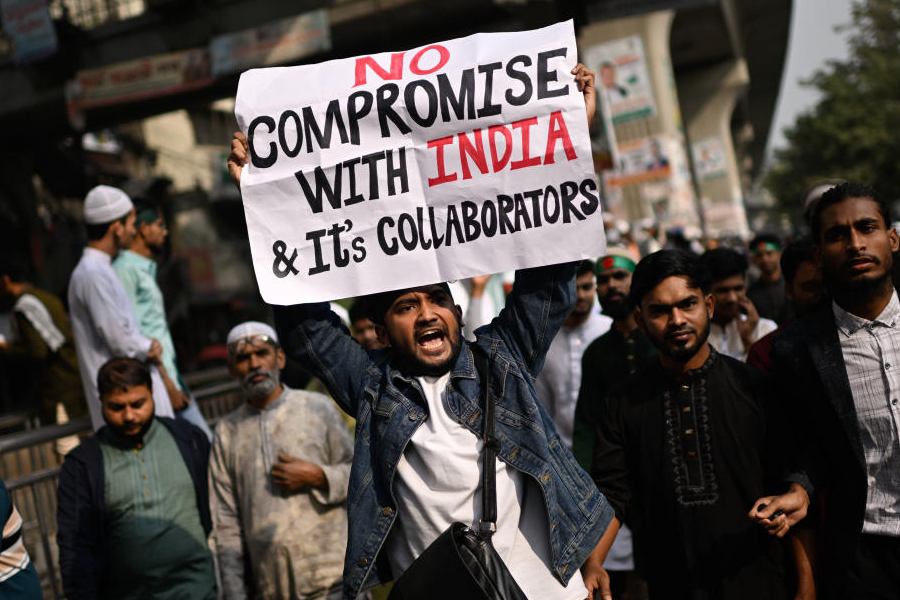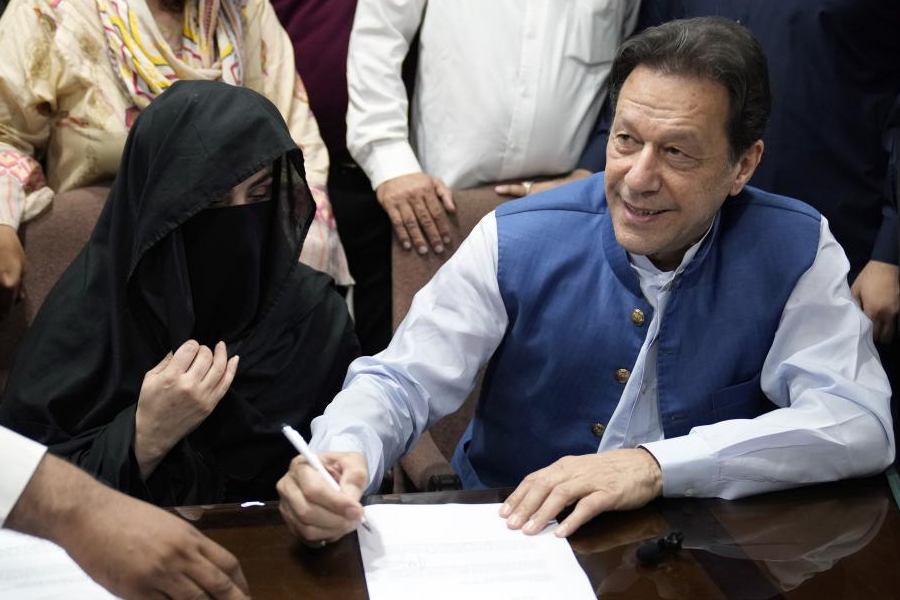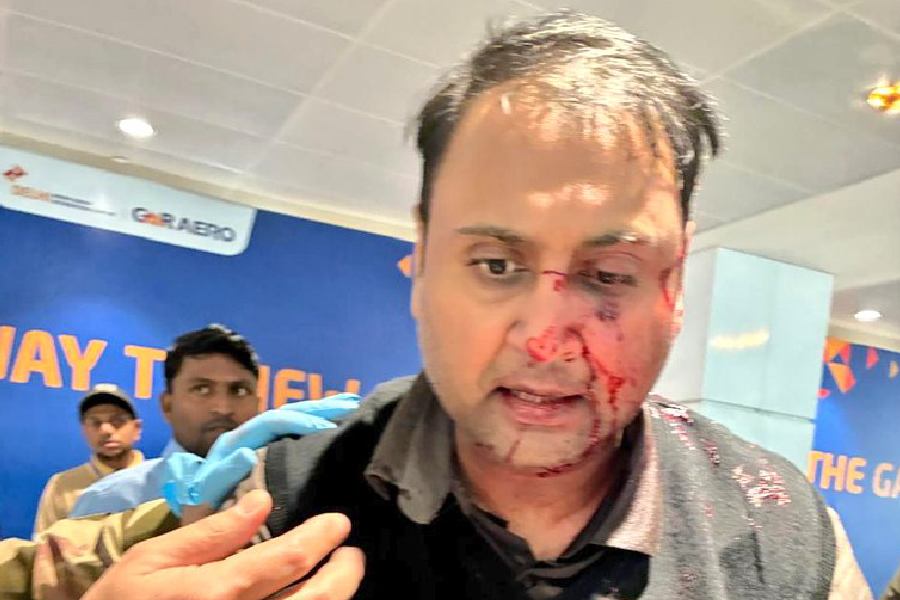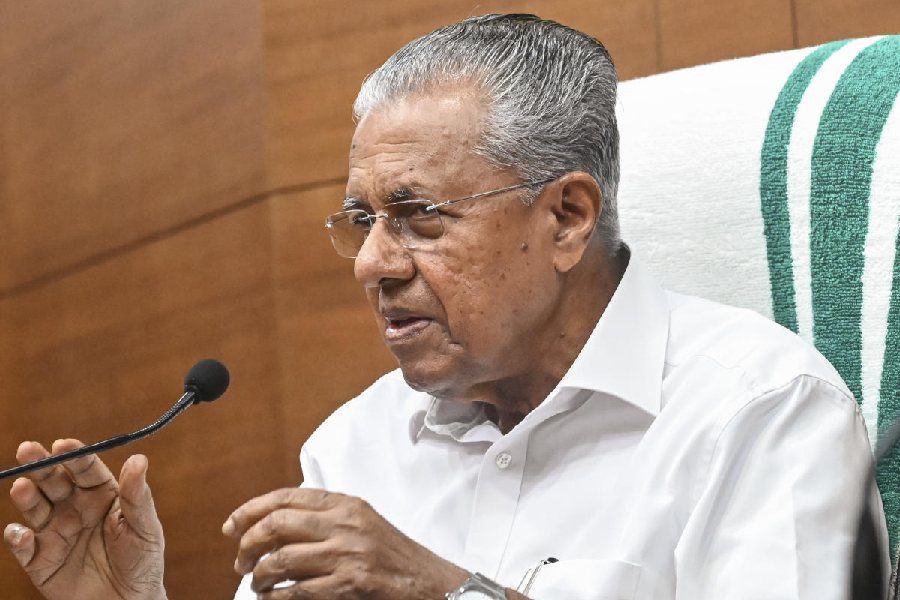Too many of India’s young are dying by suicide.
According to the latest National Crime Records Bureau (NCRB) data, India reported 1,70,924 suicides in 2022.
Suicides in the age group 18-30 comprise 35 per cent of the total such deaths; below 18 years, suicides comprise 6 per cent of the total such loss of life. Together deaths in these two age groups constitute 41 per cent of the total number of suicides in the country.
The number of suicides by students in the country stands at 13,044 — 7.6 per cent of the total number. “Of this, 2,248 suicide deaths were attributed to exam failure,” says Lakshmi Vijayakumar, consultant psychiatrist from Chennai and one of India’s leading mental health experts. She was in Calcutta to attend the National Suicide Prevention Conference, held on February 3-4 by Anjali, a mental health rights organisation based in the city. Vijayakumar is the founder of SNEHA, a suicide prevention organisation, and is a member of WHO’s International Network for Suicide Research and Prevention.
Other leading mental health experts at the event voiced concern about suicides by the youth.
Suicide by those below 18 in India is a staggering number, pointed out Soumitra Pathare, consultant psychiatrist and director of the Centre for Mental Health Law and Policy, Pune, at the conference. Suicides by students at Kota in Rajasthan, a hub for private training centres for competitive exams, catch the eye of the media, but not the deaths that occur every day, said Pathare.
“In 2020, 10,000 children under 18 died by suicide in India. In 2021, 11,000 under-18 children died by suicide,” he said. These were the pandemic years but the deaths had been increasing since 2017, he added. “Covid made it worse.”
According to WHO, about 7,20,000 people die by suicide every year. About 73 per cent of global suicides occur in low- and middle-income countries. India constitutes about 18 per cent of the global population but about 28 per cent of global suicides.
NCRB data attributes suicides to specific individual factors, though the experts stressed that it is never one factor. It is ironic, in any case, that suicide data should be a part of NCRB crime figures despite suicide having been decriminalised in 2017 by the Mental Health Act and the vocabulary, too. Words like “committing” or “abetting” suicide are gradually, but steadily, disappearing from general usage.
In case of exam failure, Vijayakumar spoke of individual factors such as low self-esteem and high expectation, or having over-anxious, over-ambitious parents, and structural ones such as an education system that
prioritises scoring marks.
She spoke about an intervention made by SNEHA about two decades ago in Tamil Nadu.
In May, at the time of the announcement of board results, calls would increase fourfold from students contemplating suicide. Students who had failed in one or two subjects were most likely to die by suicide.
SNEHA approached the state government and proposed a supplementary exam soon after the main exam for the failed students, who would then not have to wait for another year.
“The Tamil Nadu government was the first state government in India to introduce the supplementary exam,” said Vijayakumar. In a 2024 article in The Lancet, she presented NCRB data on exam failure-related suicides in Tamil Nadu from 2004 to 2022. The data shows a steady decline from 407 deaths in 2004 to 121 in 2021. The supplementary exam led to “reduction in exam failure suicides by 70 per cent in Tamil Nadu and 82 per cent in Chennai”, Vijayakumar wrote.
The model was adopted by several other states and in general, exam-related suicides have gone down in number, “but suicides following failures in entrance exams reveal an alarming increase”, Vijayakumar wrote.
Despite the media attention, over 2,00,000 students arrive in Kota every year. In 2023, 29 students died by suicide there, she wrote.
Social media adds to problems for the young. “It was started to connect people. It does. But the problem is that it is unregulated completely,” Vijayakumar told
The Telegraph later.
“A ‘like’ is a dopamine hit. The constant need for approval makes you do things that are not yourself.” Social media also creates an expectation of instant gratification. “We cannot ban social media. But we can’t unleash it on the young without any guardrails. One-third of the children using the Net are cyber-bullied,” she said.
Many countries have fixed a two-hour limit on social media use for children, Australia being the latest one.
Parents have to allow children to fail and be supportive. “It’s easy to face success. But only when you face failure, your resilience goes up. When something is not happening your way and you still fight for it to happen, your resilience goes up,” Vijayakumar said.
The economic factor contributes to suicides significantly. Unemployment and lack of job opportunity play a major role in suicides. When NCRB data was categorised according to professions, daily wage earners were found to be the largest group of people dying by suicide in India in 2022 — a total of 45,192 persons.
More male students died by suicide than female students.
Speakers at the conference also highlighted the lack of availability of data on marginalised communities, such as Dalits, transgender persons and the disabled.


